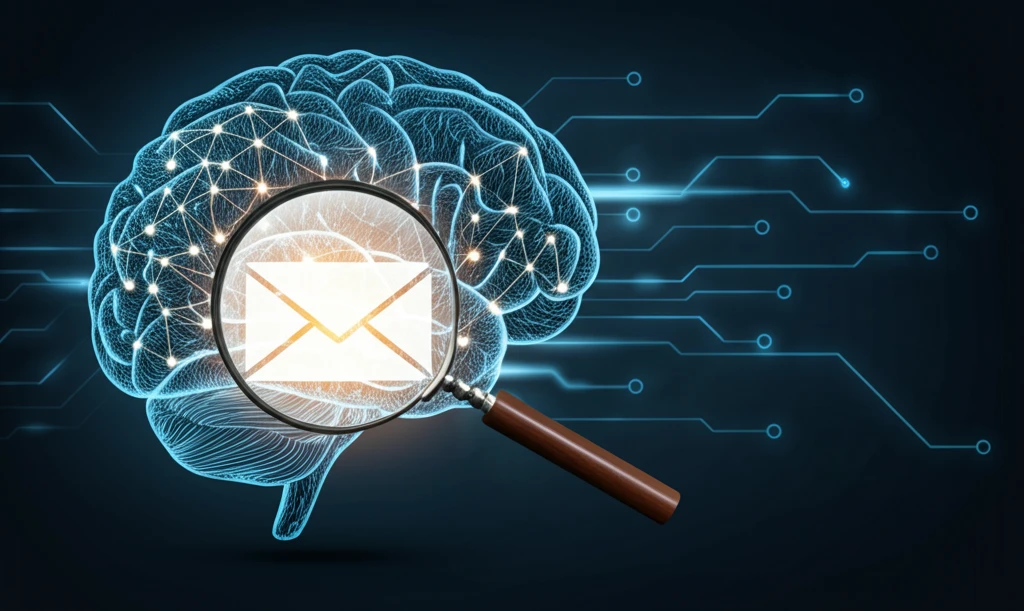
AI vs. Human Analysts: Unmasking the Truth Behind Large Language Models' Accuracy in Cybersecurity
"Can AI Truly Replace Human Expertise in Analyzing Phishing Attacks? A Deep Dive into LLMs' Capabilities and Limitations"
Large Language Models (LLMs) have revolutionized various fields with their impressive ability to generate human-quality text and code. While LLMs excel at tasks like composing emails and essays, their capacity for statistically-driven descriptive analysis, particularly on user-specific data, remains largely unexplored. This is especially true for users with limited background knowledge seeking domain-specific insights.
This article delves into the accuracy of LLMs, specifically Generative Pre-trained Transformers (GPTs), in performing descriptive analysis within the cybersecurity domain. We examine their resilience and limitations in identifying hidden patterns and relationships within a dataset of phishing emails.
We explore whether these reasoning engine tools (LLMs) can be used as generative AI-based personal assistants to aid users with minimal or limited background knowledge in an application domain to carry out basic, as well as advanced statistical and domain-specific analysis. By comparing LLM-generated results with analyses performed by human cybersecurity experts, we aim to provide a clear understanding of AI's current capabilities and the continued importance of human expertise.
LLMs vs. Human Analysts: A Comparative Analysis of Phishing Email Detection

This study investigates the effectiveness and precision of LLMs in data transformation, visualization, and statistical analysis on user-specific data. Unlike models trained on general datasets, this research focuses on LLMs' ability to analyze data not included in their original training set. It involves descriptive statistical analysis and Natural Language Processing (NLP)-based investigations on a dataset of phishing emails.
The Future of AI in Cybersecurity Analysis
LLMs are transforming cybersecurity. Although this has been studied, in the future these new tools must be researched further for all areas of human jobs. We can improve emotional analysis and correlations with added libraries to create domain-specific algorithms.
